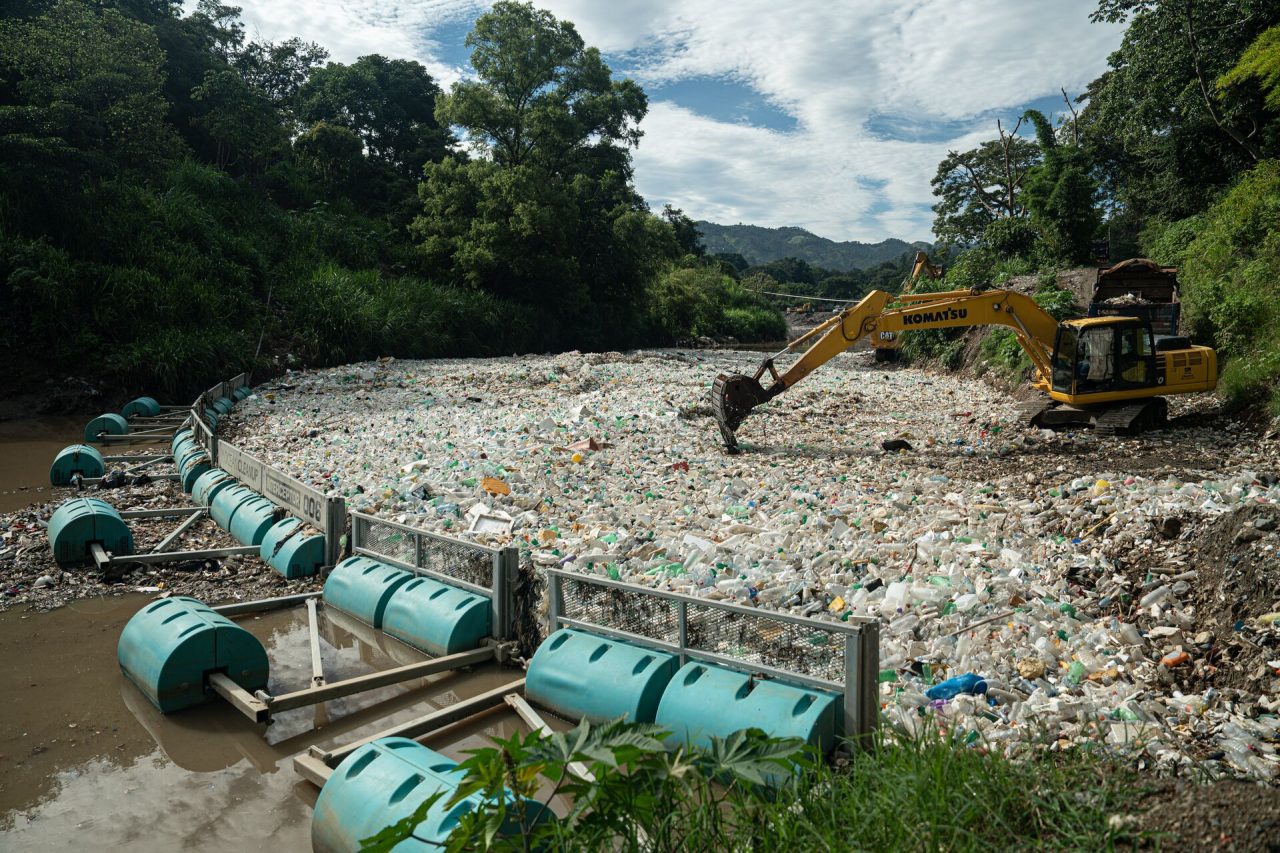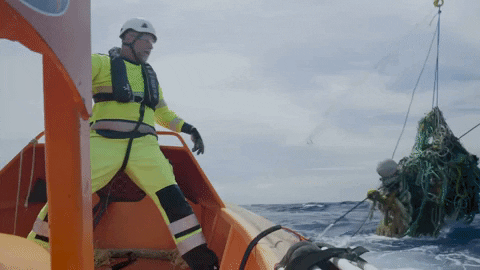A Laboratory Study of the Effects of Size, Density, and Shape on the Wave-Induced Transport of Floating Marine Litter
July 11, 2024, article in peer-reviewed journal
Advancing Earth and Space Sciences
R. Calvert, A. Peytavin, Y. Pham, A. Duhamel, J. van der Zanden, S. M. van Essen, B. Sainte-Rose and T. S. van den Bremer
- Publication type: Article in peer-reviewed journal
- Publication journal: Advancing Earth and Space Sciences
- Publication date: July 11, 2024
- Collaborators: School of Engineering, University of Edinburgh, Edinburgh, United Kingdom | Faculty of Civil Engineering and Geosciences, Delft University of Technology, The Netherlands | The Ocean Cleanup Foundation, The Netherlands | Maritime Research Institute Netherlands, Wageningen, The Netherlands, | Faculty of Mechanical, Maritime and Materials Engineering, Delft University of Technology, The Netherlands | Department of Engineering Science, University of Oxford, United Kingdom
- DOI: /10.1029/2023JC020661
Abstract
Floating marine litter is transported by several mechanisms, including surface waves. In studies of marine litter transport, the wave-induced drift is set to be equal to the Stokes drift, corresponding to the Lagrangian-mean wave-induced drift of an infinitesimally small tracer. Large-scale experiments are used to show how the wave-induced drift of objects of finite size depends on their size, density, and shape. We observe increases in drift of 95% compared to Stokes drift for discs with diameters of 13% of the wavelength, up to 23% for spheres with diameters of 3% of the wavelength, whereas drift is reduced for objects that become submerged such as nets. We investigate what these findings may imply for the transport of plastic pollution in realistic wave conditions and we predict an increase in wave-induced drift for (very) large plastic pollution objects. The different extrapolation techniques we explore to make this prediction exhibit a large range of uncertainty.

